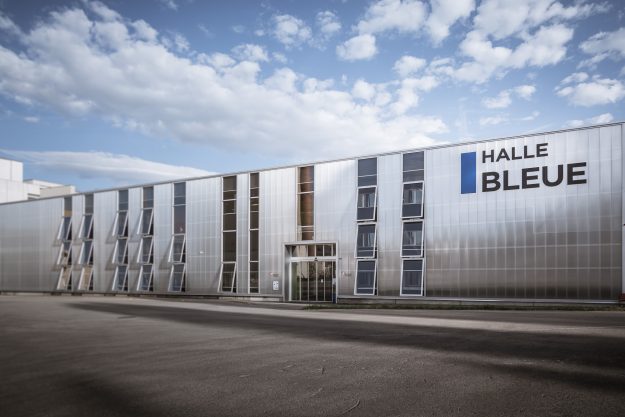Solar control strategies are essential for the glare control and decreasing cooling needs or overheating risks (in the absence of active cooling system), however, they come with their own embodied energy. With the carbon neutrality objective looking at the 2050 horizon, life-cycle assessment (LCA) approach is needed to evaluate the impact of decisions made on the different building components, including solar shading systems. To that end, this paper applies a relatively new concept defined as the Life-Cycle Efficiency Ratio (LCER) to quantify the trade-off between operational and embodied energy. Results based on a low-carbon case study suggests that adding solar shadings does not reduce the life cycle carbon emissions of this project. Also, analyses show that the ratio between operational benefits and embodied impacts of external fabric blind is the highest, while this ratio is the lowest for the internal fabric blinds in this case study.

Life cycle efficiency of solar shading systems : a proof-of-concept